Electric dirt bikes have emerged as an exciting alternative for young riders, combining the thrill of off-road adventures with eco-friendly technology. While these bikes promise endless hours of fun, ensuring your child’s safety should be the top priority.
This comprehensive guide will equip you with essential tips and best practices to help your kids enjoy electric dirt bike riding to the fullest while prioritizing their well-being.
Riding an electric dirt bike can be an exhilarating experience for children, allowing them to explore the great outdoors and develop a sense of independence and confidence.
It is crucial to remember that these bikes, while designed for kids, still pose safety risks if not handled properly. By following the guidelines outlined in this article, you can empower your child to ride safely, responsibly, and with the utmost confidence.
Essential Safety Gear: Protecting Your Child from Head to Toe
Proper safety gear is crucial when it comes to electric dirt bike riding for kids. Every ride should begin with the following essential protective equipment:
Helmet
A well-fitted, high-quality helmet is an absolute must for safeguarding your child’s head. Look for a helmet that meets safety standards and is specifically designed for off-road riding. The helmet should have a sturdy outer shell, a comfortable inner lining, and a secure strap system to ensure a snug fit.
Here are some key factors to consider when choosing a helmet for your child:
- Safety Certifications: Ensure the helmet meets safety standards like DOT, ECE, or Snell, which guarantee it has undergone rigorous testing for impact protection.
- Fit: The helmet should fit snugly without being too tight or too loose. Adjust the straps and padding to achieve a comfortable, secure fit that doesn’t wobble or shift during riding.
- Ventilation: Look for a helmet with ample ventilation to keep your child’s head cool and comfortable during long rides.
- Visibility: Consider a helmet with bright colors or reflective elements to enhance your child’s visibility on the trail.
Protective Clothing
Sturdy clothing like long pants, long-sleeved shirts, and gloves can help shield your child’s skin from scrapes and cuts in case of a fall or brush with obstacles. Look for clothing made from durable materials like denim, canvas, or specialized riding gear designed for off-road use.
Gloves are an essential part of protective clothing, as they help maintain a secure grip on the handlebars and protect your child’s hands from abrasions. Choose gloves with a snug fit and reinforced palms for added durability.
Eye Protection
Dust, debris, and wind can pose a threat to your child’s eyes. Invest in a pair of goggles or a full-face helmet to provide comprehensive eye protection during every ride. Goggles should have shatterproof lenses and a snug, comfortable fit to prevent them from slipping or fogging up during riding.
A full-face helmet offers the ultimate protection, combining head and eye protection in a single unit. These helmets often feature a built-in visor or goggles and provide superior coverage for your child’s face.
Riding Tips for Safe and Thrilling Enjoyment
While electric dirt bikes for kids offer a unique and exhilarating experience, following these riding tips can help ensure your child’s safety and maximize their enjoyment:
More Post About: The Best Electric Dirt Bike For Adults
Adult Supervision
Never let your child ride an electric dirt bike unsupervised, especially when they are first starting out. Adult guidance and oversight are essential for preventing accidents and instilling safe riding habits. As a parent or guardian, it is your responsibility to ensure your child follows safety protocols and rides within their capabilities.
Here are some tips for effective supervision:
- Lead by Example: Demonstrate proper riding techniques and safety practices yourself, setting a positive example for your child to follow.
- Provide Instruction: Teach your child the basics of starting, stopping, turning, and maneuvering the bike in a controlled environment before allowing them to ride independently.
- Monitor Progress: Closely observe your child’s riding skills and provide feedback and guidance to help them improve.
- Set Boundaries: Establish clear rules and boundaries for where and how your child can ride, and enforce them consistently.
Controlled Environment
Start by letting your child practice in a safe, open area, free from obstacles, traffic, and other hazards. A flat, grassy field or an enclosed dirt track designed for beginner riders can be ideal. As their skills improve, gradually introduce more challenging terrain and obstacles under your watchful eye.
When selecting a riding environment, consider the following factors:
- Surface: Choose a surface that provides good traction and is free from loose debris, rocks, or other potential hazards.
- Terrain: Start on flat, level ground and gradually progress to gentle slopes and small hills as your child gains confidence.
- Obstacles: Introduce obstacles like cones, barrels, or low ramps only after your child has mastered basic riding skills.
- Safety Perimeter: Ensure there is a safe perimeter around the riding area, free from trees, fences, or other objects that could pose a collision risk.
Gradual Introduction
Begin with slow speeds and basic maneuvers like starting, stopping, and turning. Gradually increase the difficulty level as your child becomes more confident and skilled.
Follow a structured progression, starting with straight-line riding, then introducing gentle turns, and eventually moving on to more advanced techniques like braking, acceleration, and obstacle avoidance.
Here’s a simple progression to follow:
- Straight-line Riding: Start with slow, straight-line riding to help your child develop a feel for the bike’s controls and balance.
- Turning: Once your child is comfortable with straight-line riding, introduce gentle turns by demonstrating proper body positioning and leaning techniques.
- Braking and Acceleration: Teach your child how to smoothly apply the brakes and throttle to maintain control during acceleration and deceleration.
- Obstacle Avoidance: Set up cones or other safe obstacles and practice weaving around them at slow speeds to develop maneuvering skills.
- Hill Climbing and Descending: Introduce gentle slopes and hills, teaching your child how to maintain control and use proper body positioning for climbing and descending.
Remember, progress at a pace that matches your child’s abilities and confidence level. Never force them to move on to more challenging tasks until they have mastered the current stage.
Practice Safe Riding Habits
Teach your child proper techniques for braking, turning, and avoiding obstacles. Emphasize the importance of maintaining control, anticipating potential hazards, and riding within their capabilities. Encourage them to ride responsibly and respect the rules of the trail or riding area.
Here are some key safe riding habits to instill in your child:
- Scanning the Terrain: Teach your child to scan the riding area ahead, looking for potential obstacles, uneven surfaces, or other hazards.
- Smooth Control Inputs: Emphasize the importance of smooth, gradual control inputs for braking, throttle, and steering to maintain stability and traction.
- Respecting Limits: Encourage your child to ride within their capabilities and avoid attempting maneuvers or terrain that exceeds their skill level.
- Wearing Safety Gear: Reinforce the importance of always wearing proper safety gear, including a helmet, protective clothing, and eye protection.
- Riding Responsibly: Instill a sense of responsibility and respect for the riding area, other riders, and the environment.
Maintenance and Storage Tips for Electric Dirt Bikes
To ensure your child’s electric dirt bike continues to provide safe and reliable fun, follow these maintenance and storage tips:
Battery Charging
Regularly charge the battery according to the manufacturer’s instructions to maintain optimal performance and longevity. Most electric dirt bikes use lithium-ion batteries that require careful charging to prevent overcharging or deep discharge, which can damage the battery.
Follow these guidelines for proper battery charging:
- Use the Correct Charger: Always use the charger provided by the manufacturer, as it is specifically designed for the bike’s battery type and voltage.
- Monitor Charging Time: Follow the recommended charging times and avoid leaving the battery on the charger for extended periods after it’s fully charged.
- Store with a Partial Charge: For long-term storage, charge the battery to around 50-70% capacity to prevent over-discharge or swelling.
- Avoid Extreme Temperatures: Store the battery in a cool, dry place away from direct sunlight or extreme temperatures, as extreme heat or cold can degrade the battery’s performance.
Cleaning
After each ride, clean the electric dirt bike to remove dirt, debris, and any buildup that could interfere with its operation. Use a soft brush or cloth to gently wipe down the bike’s frame, components, and wheels. Avoid using high-pressure water or harsh chemicals that could damage the bike’s electronics or finishes.
Pay particular attention to the following areas:
- Brakes: Clean the brake pads and rotors to ensure smooth, efficient braking.
- Chain (if applicable): Clean and lubricate the chain according to the manufacturer’s instructions to prevent wear and maintain proper tension.
- Suspension: Wipe down the suspension forks and shock absorbers to remove any dirt or debris that could affect their performance.
- Electrical Components: Use a soft, dry cloth to gently clean the battery compartment, motor, and other electrical components, being careful not to expose them to moisture.
Storage
Store the electric dirt bike in a dry, protected area, away from direct sunlight, moisture, and extreme temperatures. If storing the bike for an extended period, consider using a bike cover or keeping it in a climate-controlled environment to protect it from dust and environmental factors.
Here are some additional storage tips:
- Charge the Battery: Before long-term storage, charge the battery to around 50-70% capacity to prevent over-discharge or swelling.
- Lubricate Moving Parts: Apply a light coating of lubricant to the chain (if applicable), brake pivots, and other moving parts to prevent corrosion and ensure smooth operation after storage.
- Elevate the Tires: If possible, elevate the bike off the ground to prevent tire flat spots or deformation during extended storage periods.
- Cover the Bike: Use a breathable bike cover to protect the bike from dust, moisture, and scratches while in storage.
FAQs
Conclusion
Electric dirt bikes offer an exciting way for kids to explore the great outdoors, but safety should always be the top priority. By following the tips outlined in this guide, you can empower your child to ride safely, responsibly, and with the utmost confidence.
Proper gear, adult supervision, a controlled environment, safe riding habits, and regular maintenance are key to ensuring your child’s well-being and maximizing their enjoyment on the trail.
Encourage your child to respect the rules of the trail, wear their safety gear at all times, and ride within their capabilities. With your guidance and support, they can develop a lifelong love for off-road adventures while staying safe and responsible.
Remember, electric dirt bike riding should be a fun and memorable experience for both you and your child. By prioritizing safety, you can create cherished memories and foster a passion for outdoor activities that will last a lifetime.

I’m passionate electric scooter enthusiast and the voice behind this blog. I’m here to share my expertise and insights with you. From in-depth reviews to problem-solving guides, my goal is to help you make the most of your electric scooter experience.

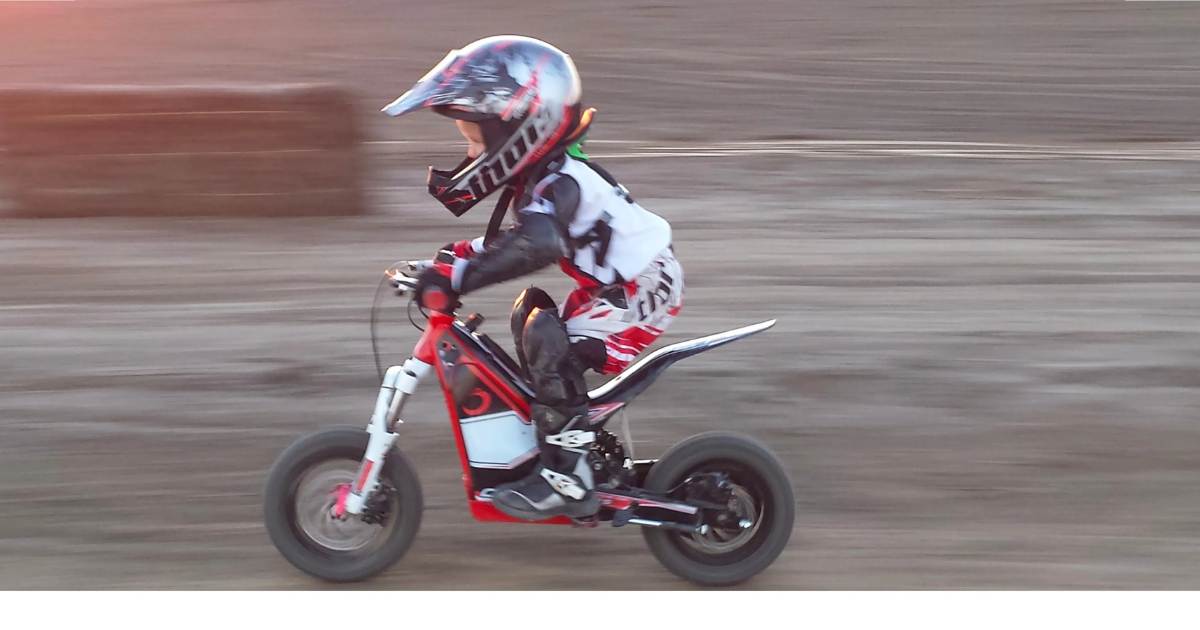
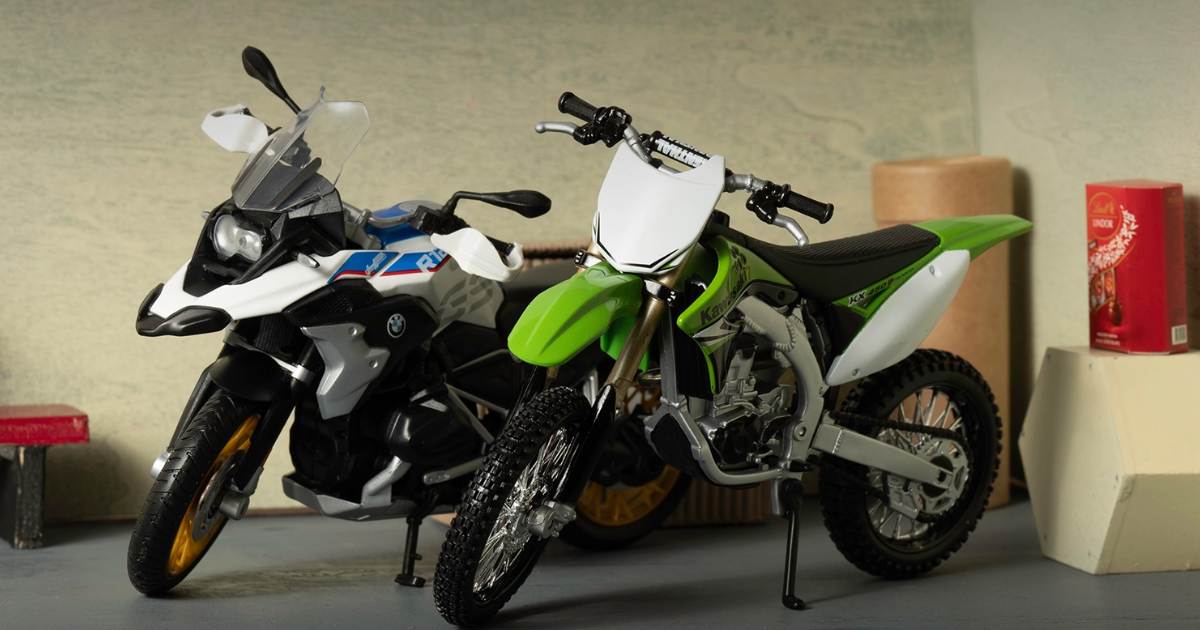

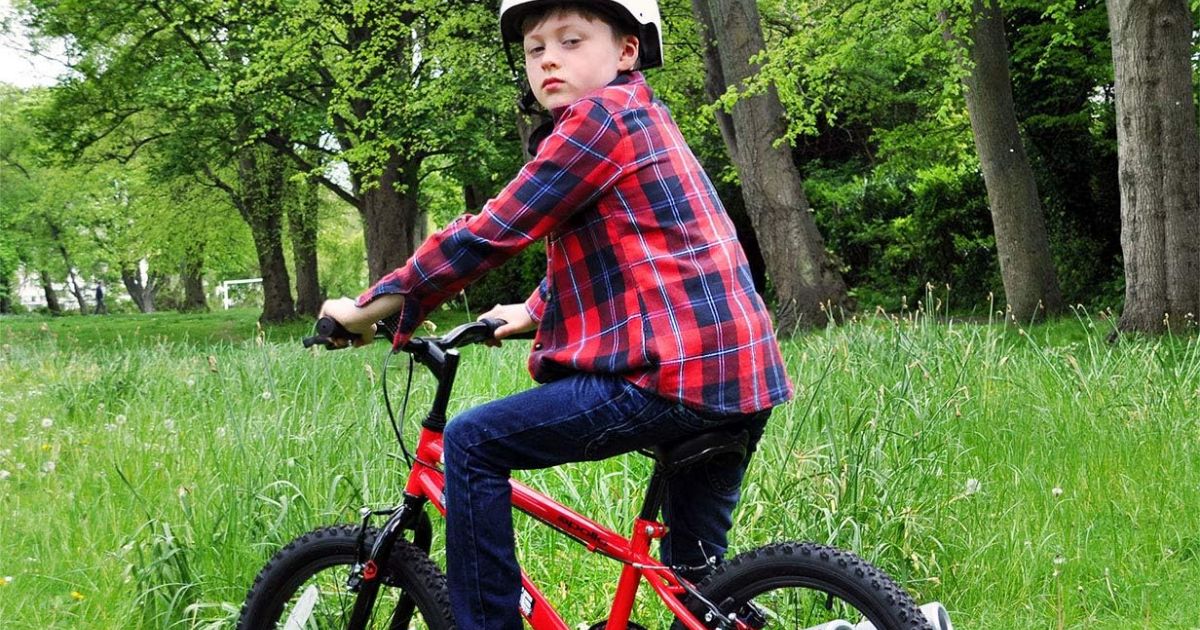
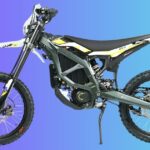

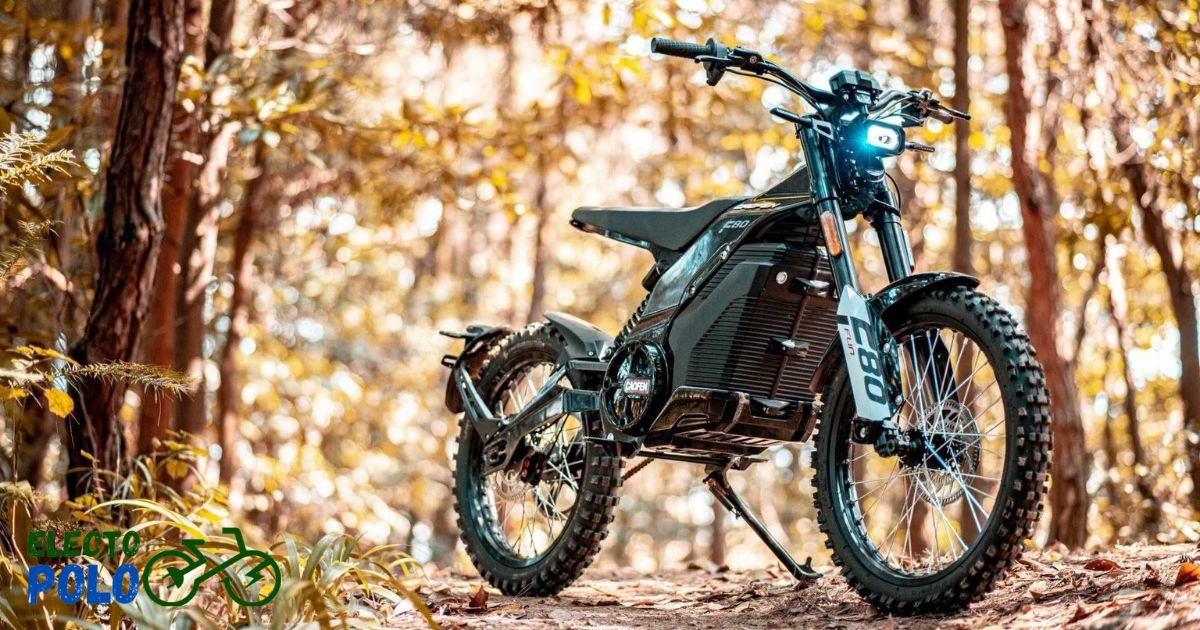


![Gomyfinance.com Invest: I Made $5,000 in My First Month [Real Results 2025]](https://electopolo.com/wp-content/uploads/2025/05/Gomyfinance.com-Invest-I-Made-5000-in-My-First-Month-Real-Results-2025-150x150.jpg)


